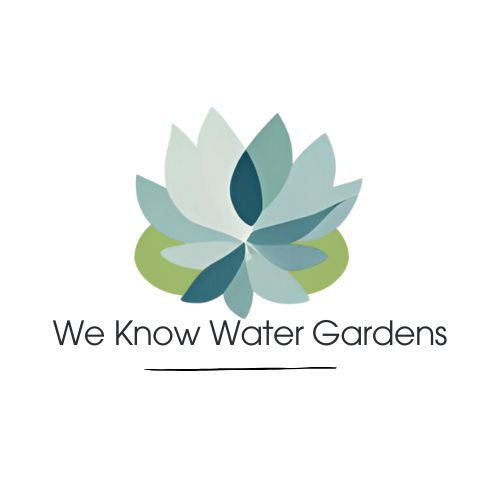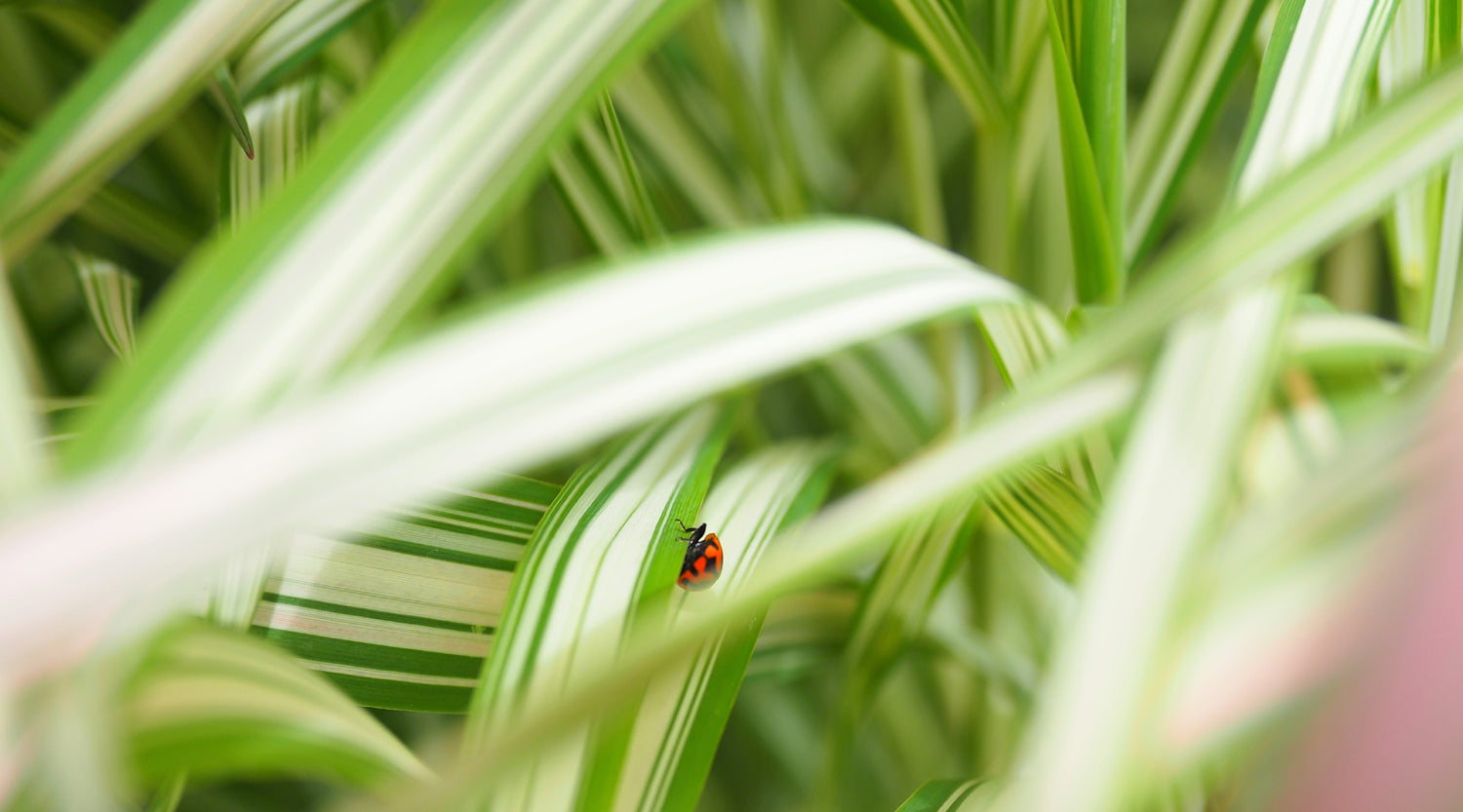Controlling algae in ponds
on Dec 14, 2019
People want a pond for a variety reasons, for some it's all about the fish, others want to create a beautiful aquatic garden and some people love the idea of a backyard oasis for animals, birds and frogs.
Whatever the reason, a pond is a living breathing environment and as such it impossible to stop some form of algae in growing in a pond. Although it maybe a little unsightly it is a natural filter and an essential piece of the puzzle for healthy well-balanced pond, so we need to stop thinking about killing algae in ponds and instead learn how to control algae in ponds.
What is algae?
In simple terms, algae is an aquatic plant and the two common types of algae in ponds. There is single cell floating algae (this the type that causes water to take on a pea soup appearance) and string algae or blanket weed which looks like fairy floss and sticks to everything in the pond. Like all plants it requires three things to grow. Light, Carbon Dioxide (CO2 ) (this is essential for photosynthesis to occur) and nutrient.
The sun provides light to the algae in a pond and the reason that algae tends to become more prolific in summer is due to the warmer water temperatures which increase activity and waste levels in the pond and longer daylight hours.
Every organism that lives in the pond contributes CO2 to the systems a part of a process known as respiration. This is where oxygen is taken in whether it be by fish, frogs , bacteria or even plants and algae themselves and CO2 is the expelled.
Various types of nutrient are produced in the pond. Some from fish waste, some from decaying plant matter and others can be washed into the pond during rain events.
Put simply, if you want to control algae in a pond, then you need to manage these inputs, the light, the amount of CO2 and the amount of nutrient. When you achieve this the pond will be in a balanced state and the water will be clear and only small amounts of algae will be growing on the sides of the pond so you won’t need to worry about killing algae in your pond.
How do you maintain a Pond?
We know what inputs are required for algae growth so how can they be effectively managed? Of course, you can’t turn off the sun, but when you're planning a pond, you could position it so it only receives the morning sun, rather than the afternoon sun. If you have a pond that is already established, then you can reduce the amount of light reaching the sides and bottom of the pond by growing plants that cover the surface. You could grow water lilies or you could grow plants in a floating ring such as brahmi or needle leaf ludwigia that spread out.I don’t recommend using floating plants such as duck weed or azolla as these can multiply quickly covering the entire surface which can lead to dangerously low oxygen levels.
The amount of CO2 can be managed by aerating the water using pump with a fountain head or running a water fall or water feature in the pond. As the water re enters the pond, the little droplets increase the surface area of the water and allow for greater exchange to of Co2 and oxygen to occur.
The primary source of nutrient in a pond is from fish. Although there are natural bacteria in a pond that deal with fish waste, many pond owners have too many fish and not enough plants so algae takes up the excess nutrient and grows rapidly.
If lots of fish are important to you, consider using filtration in the pond. These usually mount outside the pond and have a large surface area of filtration material to accommodate extra beneficial bacteria to breakdown the fish waste.
These bacteria still create some waste so ensure you have enough plants to use up the excess nutrient. I recommend using 6 plants in 12cm pots for every mtr square of water. A great combination is 3 oxygenators, 2 marginal plants and one floating plant. Our Pond starter kit is great if your not sure what plants to choose. You could remember this ratio of plants like a formula to remedy algae in your pond.
© weknowwatergardens 2019
Share


